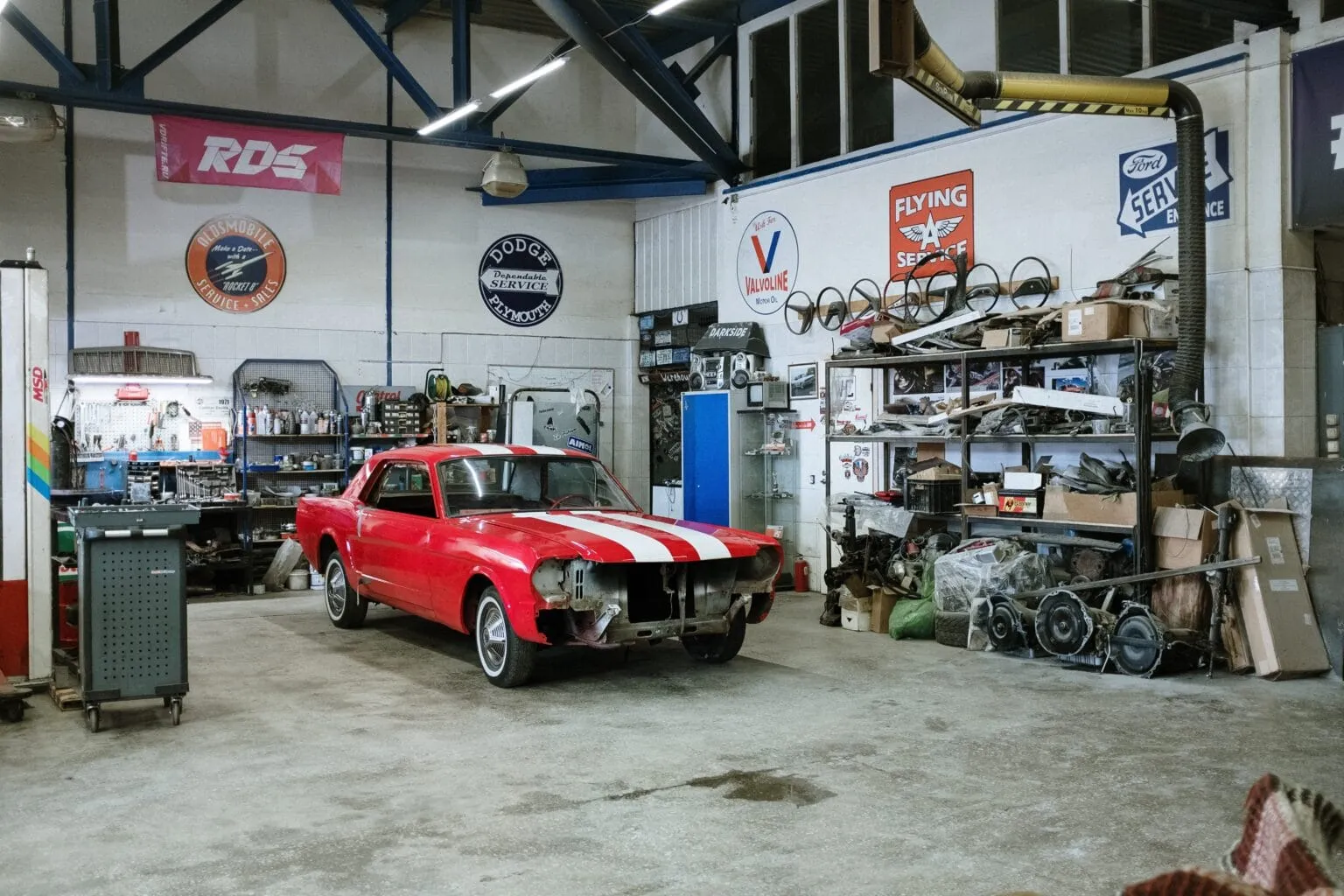5 Common Emergency Car Repair Every Garage Must Master
Master the 5 most common emergency car repairs brake system repair, steering system repair, flat tires, dead batteries, radiator leaks—and streamline with garage management software.

Common Emergency Car Repair Every Garage Must Master
When a driver’s day takes a sudden turn for the worse, knowing how to handle a common emergency car repair can set your garage apart. From brake system repair for worn brake pads and other brake system issues, to steering system repair involving power steering fluid top-ups or swapping out a faulty power steering pump, these urgent fixes demand speed and precision.
Regular brake system maintenance and steering system maintenance not only prevent roadside breakdowns but also boost customer trust. And for shops looking to turn distressed vehicles into new revenue, garage sales of refurbished parts can be a savvy upsell. With the right tools—and a robust garage management software in place, you’ll streamline every step, keep bays moving, and build a reputation for reliability when it matters most.

Brake System Repair Emergencies
Brake failures rank among the most critical brake system issues garages face. Common culprits include worn brake pads, warped rotors, or infected brake fluid. When a customer arrives with spongy pedals or screeching brakes, swift brake system repair is non-negotiable for safety.
Key Steps:
- Inspect Components: Check pad thickness, rotor condition, and fluid quality.
- Replace Worn Brake Pads: Swap pads in matched sets to ensure balanced braking.
- Flush & Refill Fluid: Use manufacturer-approved fluid to remove moisture and contaminants.
- Bleed the System: Eliminate air pockets for firm pedal feel.
Pro Tip: Schedule routine brake system maintenance every 12,000 miles or annually. Preventative service reduces emergency calls and keeps customers and their brakes running smoothly.
Steering System Repair Emergencies
Issues in your steering can turn a simple drive into a dangerous situation. From low power steering fluid to a failing power steering pump, prompt steering system repair is essential.
Key Steps:
- Check Fluid Level & Quality: Low or dark fluid can cause noise and stiff steering. Top off with the correct fluid grade.
- Inspect Hoses & Belts: Look for leaks, cracks, or belt slippage that impair pump performance.
- Test the Power Steering Pump: Listen for whining sounds at startup and during turns—an early sign of pump wear.
- Replace Faulty Components: Swap out worn hoses or install a new power steering pump to restore smooth handling.
Pro Tip: Incorporate steering system maintenance into your regular service schedule. A simple fluid flush every 24,000 miles prevents most emergency steering failures.
Flat Tire Repair & Replacement
A blown tire can strand drivers anywhere. Handling flat tire emergencies swiftly keeps customers safe and satisfied.
Key Steps:
- Assess Damage: Determine if a plug/patch is viable or a full tire swap is needed.
- Use Proper Equipment: Deploy a heavy-duty jack and torque wrench to avoid rim damage.
- Stock a Variety of Sizes: Keep common tire sizes on hand for quick replacements.
- Inspect Wheel & Valve Stem: Ensure no hidden damage before remounting.
Pro Tip: Offer a garage sale special on refurbished rims or overstock tires to turn downtime into additional revenue.
Dead Battery & Charging System Fixes
Nothing kills business faster than a no-start. Diagnosing battery and alternator issues promptly restores customer confidence.
Key Steps:
- Jump-Start vs. Replace: If a jump-start works, test the battery’s state of charge. Replace if below 12.4 V under load.
- Test the Alternator: Use a multimeter—alternator output should read 13.8–14.4 V with the engine running.
- Inspect Cables & Connections: Tighten corrosion-free terminals to ensure proper charging.
- Stock Quality Batteries: Keep common group sizes in inventory for immediate replacement.
Pro Tip: Bundle battery sales with preventive maintenance packages to boost revenue and customer loyalty.
Radiator Leak & Overheating Fixes
Overheating can lead to costly engine damage. A swift seal or replacement gets vehicles back on the road.
Key Steps:
- Pressure-Test the Cooling System: Identify the exact leak location under controlled pressure.
- Patch or Replace: Use a high-quality patch kit for small leaks, or install a new radiator matching OEM specs.
- Flush & Refill Coolant: Remove contaminants and top up with the correct coolant mixture.
- Inspect Hoses & Clamps: Replace brittle hoses and tighten or swap out old clamps.
Pro Tip: Train technicians to spot early coolant discoloration during regular services to prevent emergency calls.
Leveraging Garage Management Software for Emergencies
Streamline every emergency repair with robust garage management software. A unified platform helps you:
- Automate Parts Ordering: Inventory alerts trigger reorders before stockouts.
- Schedule Urgent Jobs: Online booking prioritizes emergency slots automatically.
- Track Repair Times: Monitor how quickly brake system repair or steering system repair jobs close out.
- Manage Garage Sales: List refurbished parts for sale directly through your shop portal.
- Communicate with Customers: Send SMS/email updates on fluid flushes, part arrivals, and completion times.
Pro Tip: A true end-to-end system not only saves 10+ hours a week—it turns emergency repairs into profitable, repeatable workflows.
Conclusion
Handling common emergency car repair tasks—like brake system repair, steering system repair, flat tire swaps, and radiator fixes—keeps customers safe and your bays busy. Regular brake system maintenance and steering system maintenance prevent many breakdowns, while garage management software automates parts, scheduling, and customer updates.
Ready to transform emergency fixes into smooth, profitable workflows? Try autoGMS today
Frequently Asked Questions
Ready to Transform Your Workshop Operations?
Join 1000+ successful auto workshops using autoGMS to streamline operations, reduce no-shows, and boost revenue.
Related Articles
Continue reading with these related posts

